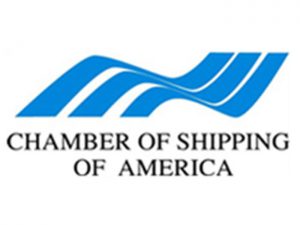
CSA marks 60th Anniversary of Safety Achievement Award program
JUNE 12, 2018 – Over 200 people attended the Annual Safety Awards Luncheon held by the Chamber of Shipping of America at the Hilton Riverside Hotel, New Orleans, on June 5. Since

JUNE 12, 2018 – Over 200 people attended the Annual Safety Awards Luncheon held by the Chamber of Shipping of America at the Hilton Riverside Hotel, New Orleans, on June 5. Since
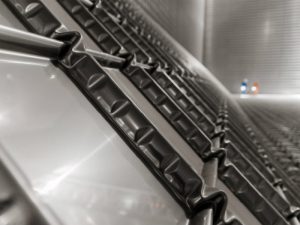
JUNE 11, 2018 — Class society Bureau Veritas (BV) has issued new approvals to GTT (Gaztransport & Technigaz) for membrane containment systems and LNG technology applications. Bureau Veritas experts have been
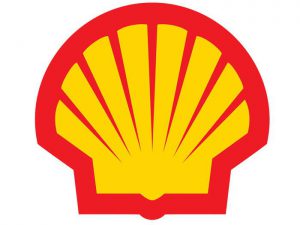
UNE 6, 2018 — Shell Marine is launching Shell Marine 40, an engine oil for use in high-speed diesel engines in the fishing and tug boat segments. The product has been formulated
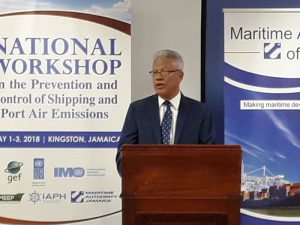
JUNE 5, 2018 — Cutting greenhouse gas emissions from shipping and port operations were in sharp focus at a recent workshop hosted by the Maritime Authority of Jamaica (MAJ) as part of
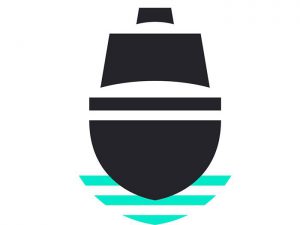
MAY 25, 2018 — The CO2 reduction targets set by the International Maritime Organization (IMO) for the year 2050 can only be delivered with the global rollout of zero CO2 fuels and
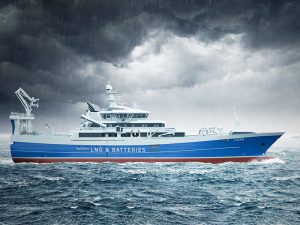
MAY 24, 2018 — A trawler on order at Cemre Shipyard, Turkey, for Norway’s Liegruppen AS, will be the world’s first fishing vessel with LNG fueled propulsion and will also feature a
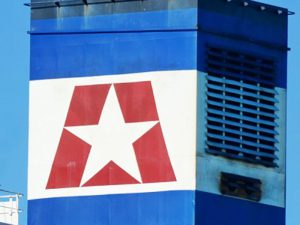
MAY 15, 2018 — More consolidation in the dry bulk sector: Athens headquartered Star Bulk Carriers Corp. (NASDAQ: SBLK) says it has entered into an agreement acquire eighteen dry bulk vessels in
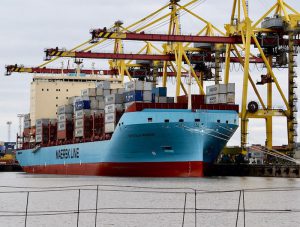
APRIL 25, 2018 — Boston, MA, based Sea Machines Robotics reports that it has signed a contract with A.P. Moller-Maersk, of Copenhagen, Denmark, to trial its perception and situational awareness technology aboard
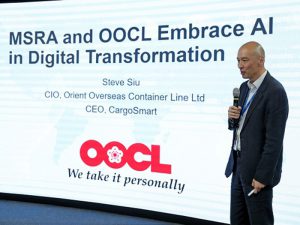
APRIL 24, 2018 — Hong Kong headquartered Orient Overseas Container Line Limited (OOCL) and Microsoft Research Asia are partnering in applying Artificial Intelligence (AI) research to improve network operations and achieve efficiencies
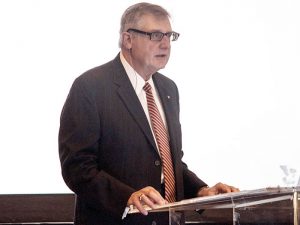
APRIL 18, 2018 — “Despite a year of continued market pressures and widespread change in everything from global economics, industry fundamentals, technology advancements and regulatory expectations, we held our own and delivered